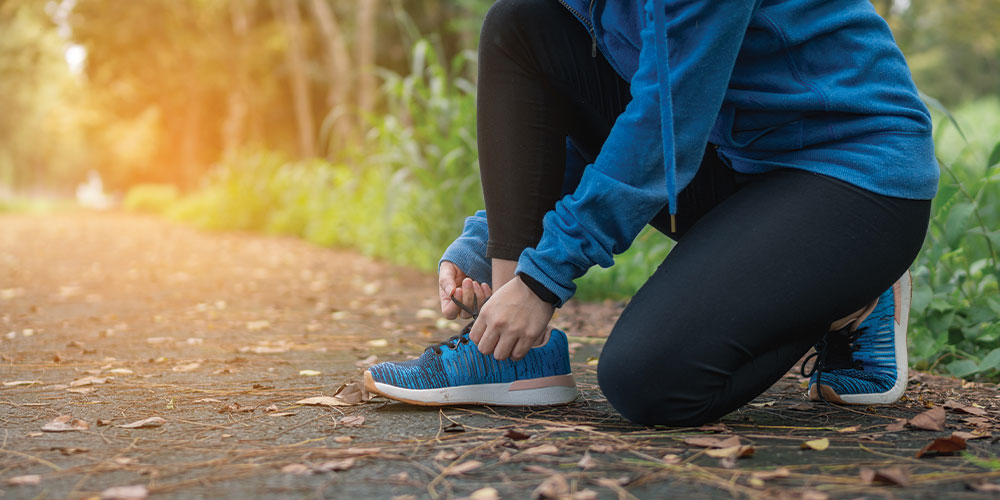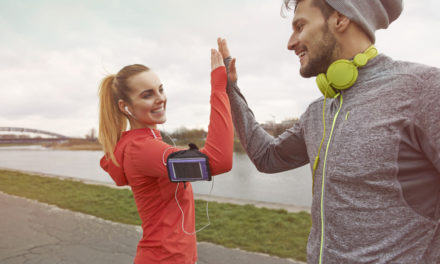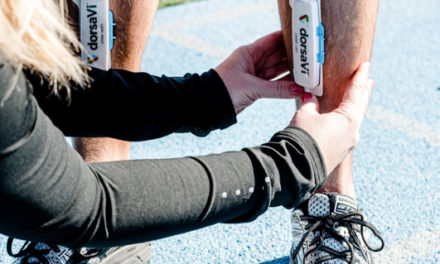We live in a world that values form over function, and sometimes we see that in fitness settings. It’s easy to pick shoes that aren’t helping you make the most out of your workouts, and it’s even easier to not know it.
Room for your toes
For most activities, choose shoes that let your toes spread out. Our feet are designed to naturally splay out similar to hands. Many modern footwear styles don’t typically consider this. To test whether a shoe allows your foot to spread, try to wiggle and spread your toes a bit. You should feel supported and snug without your foot feeling like it’s in a too-small sleeping bag.
Don’t forget about overall shoe length, too! Our feet need a bit of room here as well. Make sure there is between half an inch and an inch of room between the end of your big toe and the end of the shoe. This should be about the width of your thumb as you press down just past your toe.
Soles
Shoes should be non-skid and grippy, which can mean different things depending on the environment of the workout. Trail running shoes and track & field shoes have bumps and spikes on the soles that help you keep footing on a track or in environments like grass and dirt.
Be sure your shoes don’t hinder your movement, which requires flat soles. Toners or spring-loaded shoes can seem like a great idea on paper, but have you tried running or doing lunges in them? My ankles cringe at the thought! Think about your foot as having four corners, all of which need to be stable.
When trying shoes on, check-in with the bottom of your foot to see if there is the right amount of support for the arches. Too high or low can be uncomfortable or cause overpronation (where the foot rolls inward). Changing to a different type of insole can be helpful if you already own a pair of shoes that your arches don’t love.
Breathability
Be sure your foot isn’t suffocating or drowning in sweat. Look for shoes that feature breathable fabric or natural materials like leather as opposed to inorganic compounds like vinyl.
Suited to activity
Shoes that allow maximum ankle mobility for squats and lunges in the weight room don’t exactly measure up to the support of a high-top when playing basketball. A heel higher than the toes (called a drop) can be helpful for lifting weights but can throw off posture during normal movements like walking or running. In fact, many people find that when they switch to a zero-drop shoe, alignment-based problems like back pain diminish or disappear!
If you have questions about what footwear is right for your workouts, ask a certified fitness professional or talk to the staff at a specialty running or walking shoe store.
Gary Berglund, a certified personal trainer, corrective exercise specialist, yoga teacher, and nutrition coach, is the founder of Omnifunction, an online fitness and nutrition coaching brand that embraces a non-diet mindset and the practice of exercise to enhance the quality of life. Gary uses behavioral change tactics and takes a Health At Every Size (HAES) approach to coach clients toward their goals. Connect at Omnifunction.us or on Instagram and Facebook at @omnifunction.







